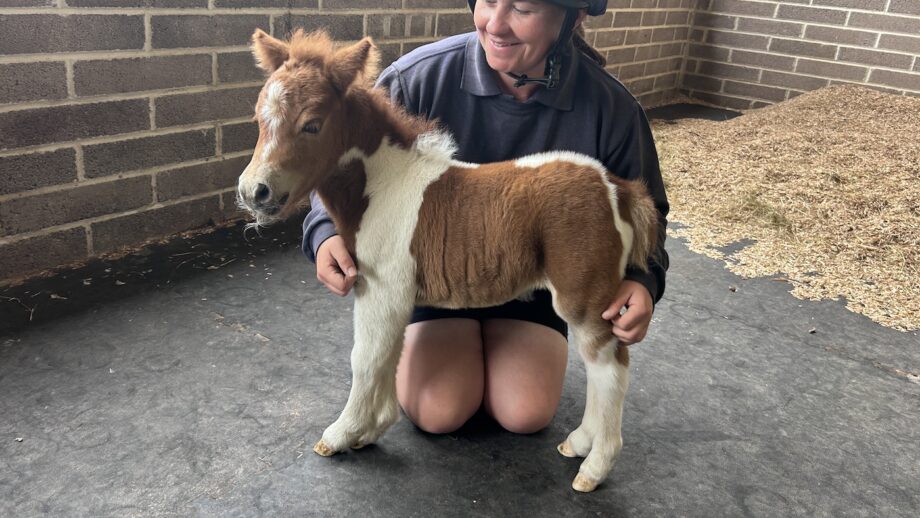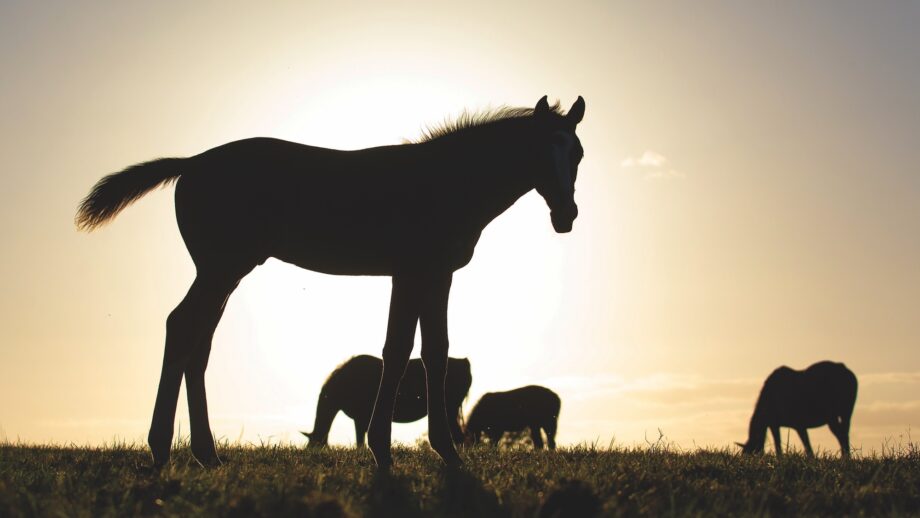Thoroughbred foals who have more turnout and are weaned later are more successful in later life, research has found.
A Royal Veterinary College (RVC) study, published in the Equine Veterinary Journal, followed 129 racing-bred foals born in 2019 and 2020 from birth into training, and racing until the end of their four-year-old years. It found that those “given extensive turnout in larger pastures during their first six months of life, and those weaned later, are more likely to go on to race, compete more often, and earn more prize money”.
An RVC spokesperson said this is the first in-depth evaluation of the effect of such early experiences on thoroughbred performance.
“These novel findings can be directly applied at stud farms to help retain thoroughbreds within the industry and achieve their maximum athletic potential; outcomes that align with priorities of the Horse Welfare Board’s strategy to support the welfare of horses bred for racing,” he said.
Foals who spent more time out and were weaned later were more likely to race by the end of their fourth year, and the older they were at weaning, the more race starts they made. Those turned out in larger fields won more in prize money.
“These findings demonstrate that the first six months of life is a critical period of development in thoroughbreds, during which it is essential that turnout and weaning practices provide sufficient opportunity for positive tissue adaptation and optimal development,” the spokesperson said. “Breeders are therefore encouraged to maximise turnout whenever possible, and consider weaning after this critical period.”
Research team leader Rebecca Mouncey added: “This study is the first of its type to evaluate the effect of early-life experiences on later-life performance in thoroughbred racehorses, providing important novel findings that can be directly applied at the stud farm level to reduce wastage and improve performance in this population.”
- To stay up to date with all the breaking news from major shows throughout 2025, subscribe to the Horse & Hound website
You may also be interested in:

Lack of turnout and owner knowledge mean ‘most horses’ do not get what they need

Daily turnout for horses compulsory by law: country leads the way on welfare

‘Adorable’ but tiny 15kg foal carries a message to would-be horse breeders

Subscribe to Horse & Hound magazine today – and enjoy unlimited website access all year round




